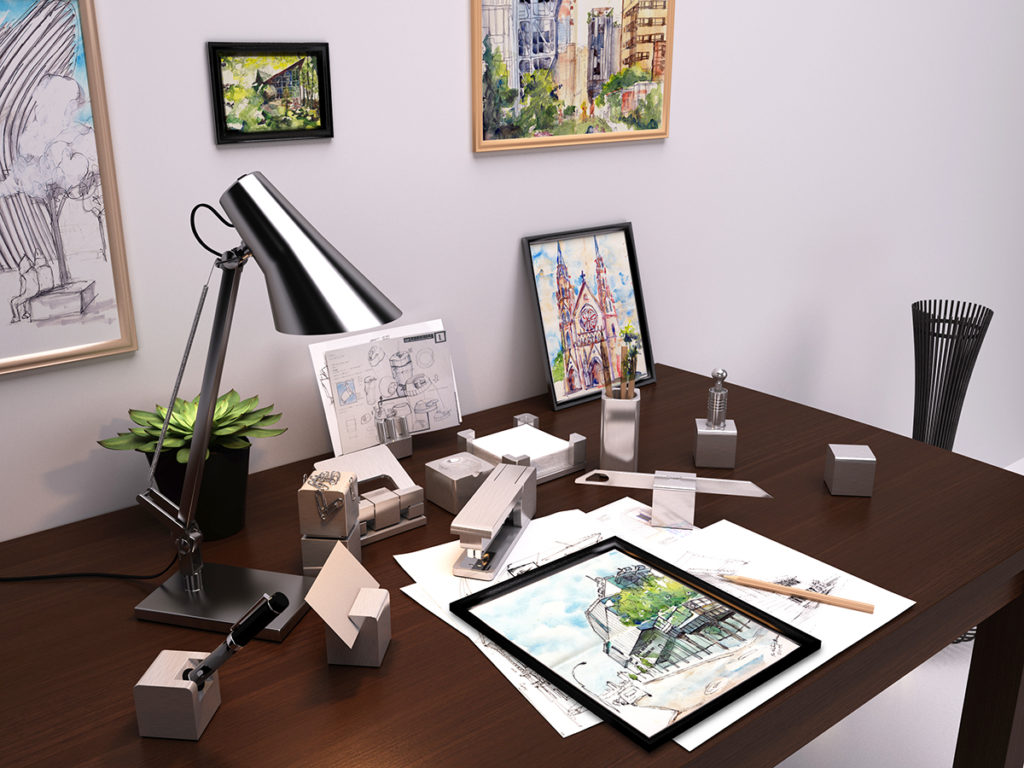How Art Leads Innovation in Science, Technology & Business
Much of my time is spent connecting people and ideas to achieve brand vision through product development. I’ve written several posts on the role of art and design in every day experiences. Once in a while I find a Goodread that supports the hunches lurking in the back of my mind. One such book found it’s way to me at a Futures conference hosted by ESP TrendLab. John Lobell spoke about his new book “Visionary Creativity: How New Worlds are Born.” There are many layers to this book worth exploring. I’d like to focus on Lobell’s theory that art sets into motion new cultures and pulls us into the future. I am concentrating on this aspect in support of the democratization of art which began in the 60’s and now informs experiential design at retail, hospitality, the work place and even transportation centers.
The Role of Art in Science, Technology and Business
Discontinuity is uncomfortable to most people, it is also the vehicle that drives business, innovation, new technologies and bridges cultural gaps. As Lobell points out in his book, there is one situation in which we are open to discontinuity: the art experience. It is through the encounter of art that we are willing to confront newness. Lobell sites Ray Kurzweil’s theory of hierarchical pattern recognition to suggest that art alters our structures of consciousness by bringing us to a place where we can imagine other possibilities. In doing so, we stretch preconceived assumptions and forge alternate cognitive paths enabling ourselves to create new destinations. Art stimulates the collective imagination of a culture and mobilizes the ability to create. By placing art in public spaces and in our daily lives, we democratize innovation by stimulating creativity and empowering a community to build the new.
The Rise of the Creative Class
As Lobell points out, the most important ingredient in products today is not materials, or even assembly, but creativity. When we buy intangibles such as downloads, and immersive experiences, we are paying for the creativity of artists and designers. If creativity is central to our lives today, then our roles as artists and designers takes on new responsibilities as leaders and innovators. Creativity is demanded by our culture and therefore must inspire our environments.
The Experience Economy
The look & feel of interface can influence the willingness to pay more, Apple and Microsoft are perfect examples. The visual arrangements of a hotel lobby or restaurant can influence our perceptions of the quality of food or service. An office space can dictate the culture and behavior of employees by its decor, color, and desk arrangements. By creating artful experiences digitally and physically, we can build the new and innovate the future.
Creativity is our number one asset in this emerging age of intelligent machines. Fostering critical thinking and creative problem solving begins with our culture and environment. Bringing ideas to our physical environments while approaching newness with curiosity will be the building blocks to our future.
Design Yourself. Create Your Space.







